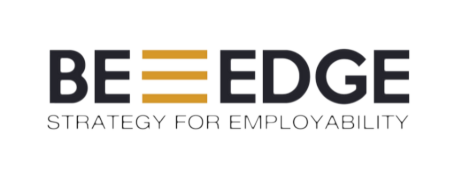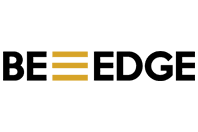
Millennials Education and Employment: What do Millennials Seek the Most from Colleges?
Millennials Education and Employment has long been a concern for the said generation. While some colleges offer great degree programs, they are not much successful in identifying the “core” of the future professionals.
There is a problem here. Historical data concerning educational levels among people 25 to 29 years of age shows Millennials to be the most educated generation, with 40% holding advanced degrees in 2016 compared to 32% of Generation Xers in 2000, 26% of Boomers in 1985, and 16% of Silents in 1964 (Pew Research Center, 2017).
It’s painful to see how colleges ignore the “me, me, me”, “boutique” and “multidimensional” psychology of Millennials when trying to connect them with employers, who, by the way, are also often not Millennials. There is a gap between three major stakeholders in higher education: colleges, graduates/Millennials, and employers.
Millennials Education and Employment Challenges
The psychological profile of our graduating students and recent alumni, most of whom are Millennials, distinguishes them in the job market from previous generations of students for whom colleges have shaped their programs. Millennials describe themselves as multidimensional, willing to make a difference, and striving for uniqueness.
Similar to previous generations, Millennials aspire to financial and job security (Bradberry, 2017) and consider making a positive impact on their organizations among their career goals (Pfau, 2016).
As differentiators from previous generations, Millennials describe themselves as multitaskers, connected and tech-savvy (Abbot, 2013), and interested in rapid learning and rapid career development with the kind of job flexibility that will support a balanced work and private life (Williams, 2017).
They are clear that their interest is in being multidimensional problem-solvers and design thinkers vs. being a regular employee. Many are wary that some traditional industries lack diversity in tasks to perform (Ivy Investments, n.d.), so they would feel bored and stuck with a job that has little impact. Then, they would feel disincentivized to change jobs again and again until they find the one that fits.
It’s more important for Millennials to have a job that fits THEM than to be the ones who fit the job. This is their main difference with Gen X and even more – with Baby Boomers.
Employers vs Millennials Education and Employment Expectations
Employers, another group of stakeholders in this equation, do need Millenials – currently in their 20s and 30s – to be on board in helping their companies grow, but they have goals and jobs, and they need their hires to fit the jobs and achieve the goals. They are less interested in Millennials’ drive for self-expression, but they would appreciate it if such self-expression, a multidimensional set of interests, and a drive for problem-solving generate value for their companies. They need proof that Millennials are worth the trouble. The proof is in value-added for the business.
Another angle of employers’ attention is Millennials” soft skills. Organizations need their employees to be attentive in gaining an understanding of their organizations’ complexities. They need to be interested in the opinions of others, loyal, willing, and able to contribute to their employers’ goals. They want to acquire Millennials that are not only ambitious talent but also are trustworthy as people and as professionals, who respect others and speak the language of the team.
Colleges and their Role in Millennials Education and Employment
Colleges as institutes of higher education have their own needs and rubrics of success. Historically, college credentials have been defined by metrics that are focused on variables such as institutional ranking and faculty publication. Recently, the trend has been moving towards weighing the value of a students’ credential by how well it prepares them for a career, and how employable students are right after graduation.
Need for a Bridge
Employers, colleges, and students require an instrument to bridge their needs and find a more connected experience to provide graduates with pathways to employment that will satisfy all stakeholders:

Colleges can report a higher % of graduates’ employment.
Millennials can find (or craft) a job that fits their multidimensional profile.
Employers have a workforce that differentiates the company thanks to its multidimensional and “out-of-box” skillset.
Of course, I believe that my BE-EDGE method serves as such a bridge.
The first is a company case that tells a story and illustrates graduating students’ understanding of the fabric of that company, its vision, culture, and operation, as well as the challenges it currently faces. The second delivery is a consulting report that provides analysis and solutions for the case while testing graduates’ professional readiness for design thinking and problem-solving. Companies also receive access to a larger pull of graduating students and their projects and learn about a spectrum of challenges that current graduates chose to work on. Finally, the BE-EDGE method provides companies with rubrics and processes for screening these graduating students and their projects for relevant fit to the company’s vision, culture, and required capabilities.
We can look wider at possible solutions. What criteria should this bridging instrument have to serve the intended purpose? If you need assistance in developing such a practice, please contact us.
Article by Julia Ivy.


